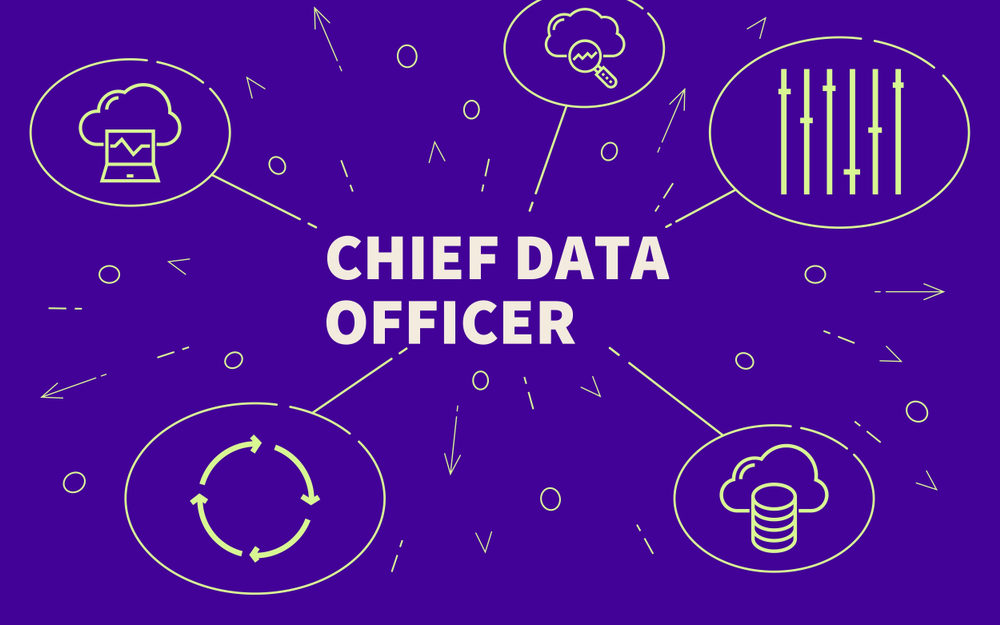The emerging business landscape thrusts immense pressure on IT leaders. Technical competence or experience is not enough to cope with the fast-paced changes. CIOs and other IT leaders who wish to thrive need exceptional leadership skills as well.
This tech blog lists five new rules of IT leadership, for success.
1. Facilitate the Business Team
IT facilitates business. But the nature of facilitation keeps changing with changes in the external environment.
Until not too long ago, IT had a policing function. IT made the rules and forced everyone to comply. They also kept all systems up and running with a set of while-listed applications. But such restrictions run at cross-purpose to today’s business dynamics.
In successful enterprises, the CIO is no longer an enforcer, but a curator. Rigid policies and standards impede innovation and flexibility. Best-of-breed enterprises rely on CIOs to test how a new technology benefits the business, or recommend the most potent solutions. They expect the IT leadership to innovate and provide a safety net to business practices, rather than forcing rigid rules.
Knowledge workers prefer facilitation over control. They are at home with the servant leadership style which encourages them to do things on their own, instead of dictating tasks.
Effective IT leaders:
- Facilitate the line employees by providing the required resources to become tech-savvy. They provide the required infrastructure and offer training to end skill gaps.
- Establish robust data processing and collaboration platforms, to end-user friction.
- Engage with employees through storytelling and proofs of concept, to manage expectations.
2. Herald Digital Transformation
The pace of technology changes makes digital transformation inevitable. The C-suite looks upon the CIO and the IT leadership to drive digital transformation. Successful IT leaders:
- Evaluate the various tools and services, many with subtle differences, and decide on the best option. Alternatively, they assess vendor capability for custom development.
- Manage stakeholder expectations. Impress upon them that success in today’s business environment depends on speed and willingness to take a risk, and not in perfection. Encourage risk-taking by making explicit the stakes and cost-benefit analysis. Strive for a synergy between enterprise values and values imbibed by the knowledge worker.
- Guide product and service innovations. Focus innovation on revenue growth, increasing customer loyalty, and competitive advantage.
- Engage with the rank and file to overcome the resistance to change brought about by digital transformation.
- Facilitate a culture of openness and transparency to enable the free flow of information. An overbearing focus on the tools and ignoring the culture dooms the digital transformation project.
3. Adopt a Customer-Centric Approach

The new rules of leadership entail an overriding focus on the customer. Proactive leaders go beyond acting on feedback. They engage the customer in the product development process. They:
- Work with business managers and release the app before it becomes surplus to the customer’s requirements. The old rule of “don’t release until it is perfect” has given way to “iterate until it is right.” The risk of a competitor release a similar app first makes extensive testing unviable. CIOs have to enable Continuous Integration and regular iterations.
- Promote a shift from a project mindset to organizing around value streams. Identify value from the customer’s perspective, and realign systems around it. Map the process, to remove bottlenecks and steps that do not add value for the customer.
Top companies such as AT&T, Toyota, Walmart and Cardinal Health set up value-stream enabled multifunctional teams. Walmart’s DevOps approach integrates development and operations teams. They empower one employee end-to-end responsibility to improve quality and speed up delivery. Toyota “delivers only what the customer asks and no more.” They create a minimally viable product (MVP) and expand on through short sprints by engaging with the customer.
4. Adapt to New Security Challenges
The stakes of cybersecurity increase every year. The cloud and mobility render perimeter-based security installations useless. AI-based malware deepens existing risks. BYOD and work-from-home make it unviable for IT to control all devices connected to the network.
CIO’s need exceptional leadership skills to withstand the tide and hit back. They have to:
- Gather resources such as AI-based cyber-security measures to counter the latest threats. CIOs have to set up the infrastructure to counter threats fast. They may even have to take preemptive counter strikes. Even a delay of a few seconds can doom the network.
- Take the lead in risk mitigation. Countering complex threats requires state-of-the-art network monitoring tools. These tools trigger alerts at the signs of abnormal activity.
- Engage with stakeholders to spread awareness of security risks. Convince the C-suite by quantifying the impact of security breaches.
- Keep up-to-date with regulatory compliance requirements, and automate compliance requirements.
5. Curate a Tech Ecosystem
The IT landscape has become fragmented. Several small players offer niche services, often not offered by larger players. Likewise, not all skilled talent prefer being regular employees of a company.
In the past, enterprises could choose one or two partners offering a boutique of services, and stick with them for long. Today, success depends on cultivating an ecosystem of providers and keeping options open. The CIO’s ability to rope in talented service providers and freelancers as strategic partners often makes the difference.
Managing different vendors and service providers is a complex task though. Reducing headcount and relying on third-party providers risks losing valuable institutional knowledge. The CIOs have to:
- Juggle multiple service providers effortlessly, and avoid vendor lock-in. Many SaaS providers, even the likes of Amazon, Google, and Microsoft, try to lock clients 100% into their environments. CIOs have to evaluate whether such lock-ins are in the best interest of their enterprises. The devil is often in the details such as egress charges, proprietary protocols and opaque pricing.
- Institute a robust vendor management program to track SLAs and contracts.
- Develop a mature governance program.
IT is now a strategic enabler of the business. As per a 2017 Forrester Research and Windstream study, 36% of business leaders consider IT a strategic partner. This is a big jump from a few years ago when many leaders considered IT as outsiders. CIOs have to stay abreast of the latest developments, and embrace the new rules of leadership, to live up to the trust enterprises repose in them.











